- Stefano Galbo
Beginner
Desing
I looked for something useful for my final project, so I looked for an hand model: my goal was to simulate two hands leaning against the ice of frozen lake.
I received this hand model from my classmate Marco Cassino but it is very hard to mill because of too many undercuts.

I modified that file in Rhinoceros: I rotated the thumb as orthogonal as possible, but I discovered that Rhino is not so good with mesh! But a new software helped me: Netfabb.
Netfabb is a very very useful repair tool: just load the .stl file, use "automatic rapair", and your damaged model become perfect!


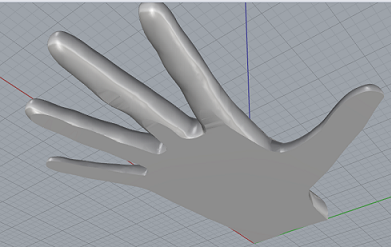
Intermediate step: cutting the hand like a glass (or ice) could do.
After that, I spent a lot of time on Rhino operations: I cut the hand in half in order to produce better round parts, I created a box where I will put the silicone, and finally I inserted control points on the corners of the box, in order to align the two halves.

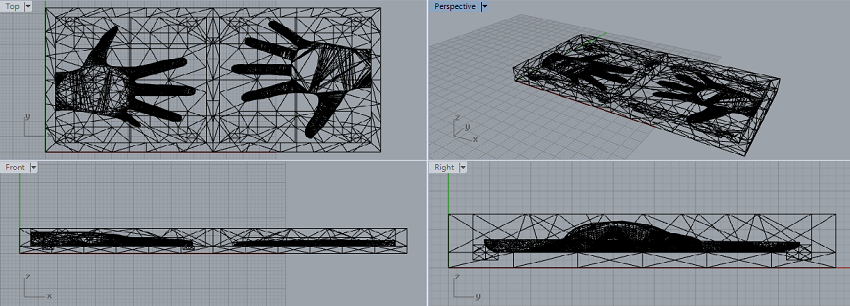
I wanted to experiment, so I designed left hand for milling, and right hand for 3d printing.
3D printing
I started the Materia 101 printer and I understood immediately that I drew an hand too little: for this reason I lost many details and the layers were very evident! Probably a dlp printer would solve any problems.
In spite of my mistake, result was not so bad..
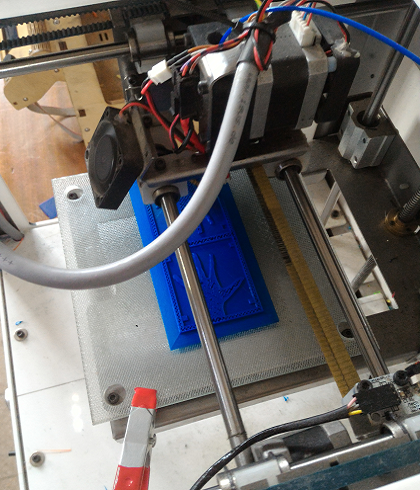
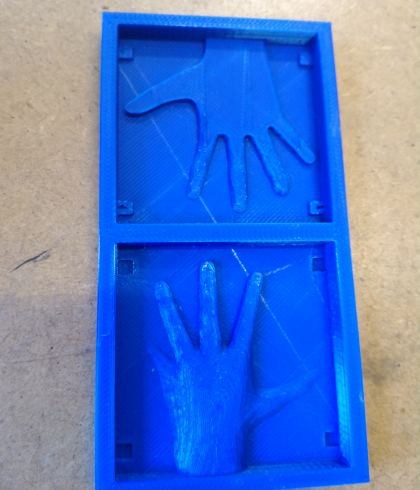
Milling
I used the Roland Modela MDX40-A with their own CAM software: Modela Player 4.
First I loaded my .stl file, created a new process, in particular a roughing with a 6mm square mill, and finally I set material (modeling wax) and the milling area.

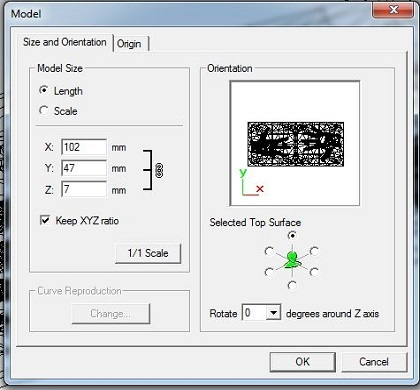
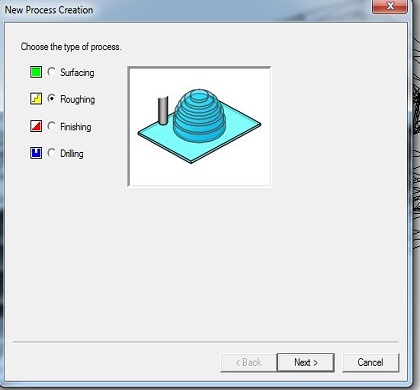
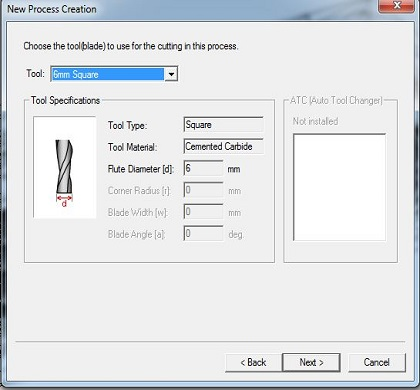
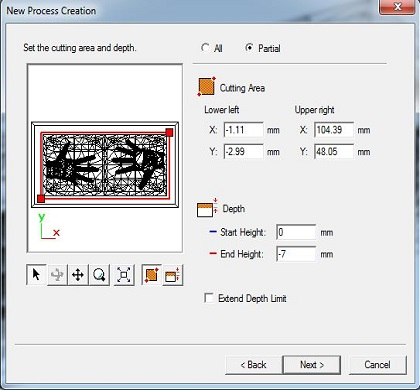

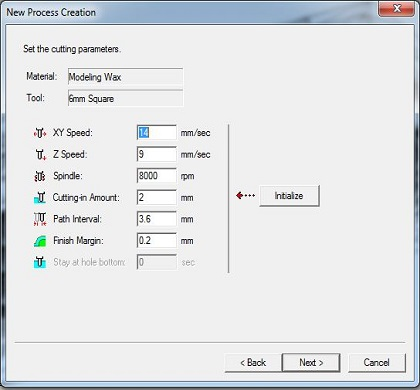
Roughing was very fast but it didn't remove much material (hand too little!), so I started a finishing process with 2mm square mill: it will be very very slow but the result will look quite good!
I don't know why the bottom left is so damaged, but I don't have time to remake the object.
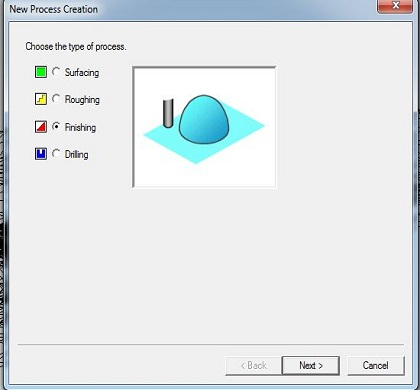
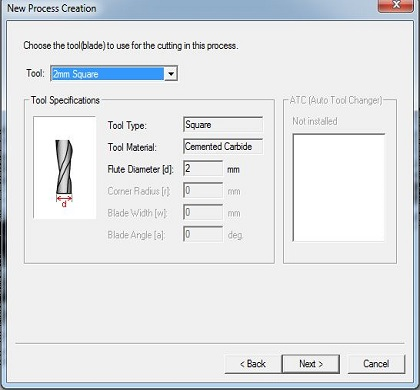


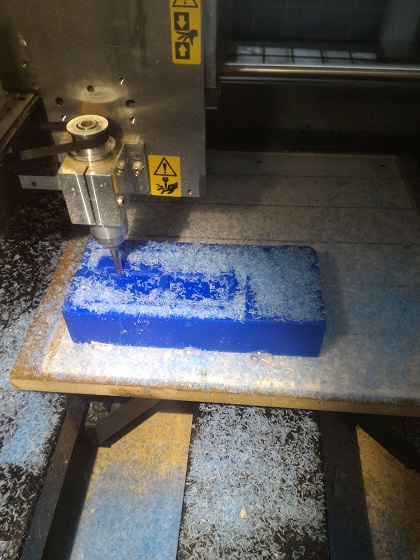

Casting
In order to make the mold, I mixed a little bit of silicone and 5% of hardener, and put them in my printed and milled models ...after more or less 30 hours, this is the result:
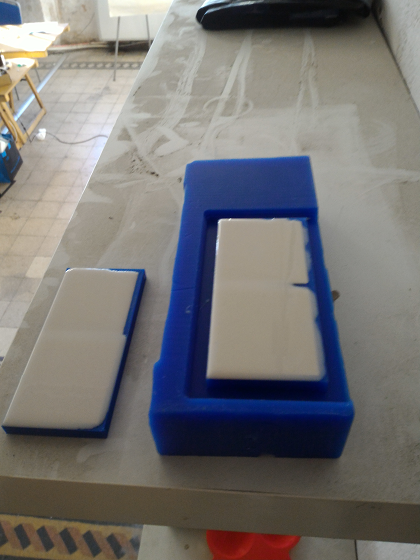

Then I mixed plastic plaster and simple water until the consistence satisfied me, and put this mixture into the two molds:

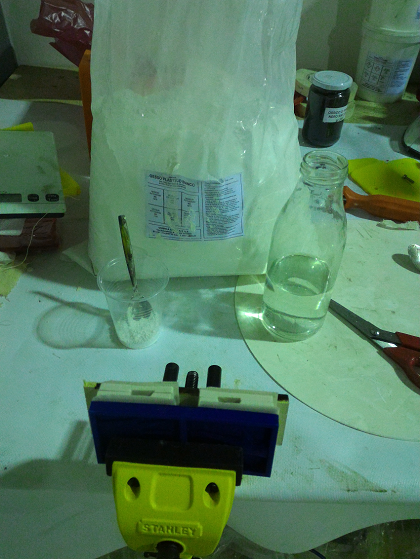

After more or less 1 day, I discovered that the first attempt failed: probably the mixture was too thick, so it didn' t fill all
the mold, it has stopped at the top..damn!
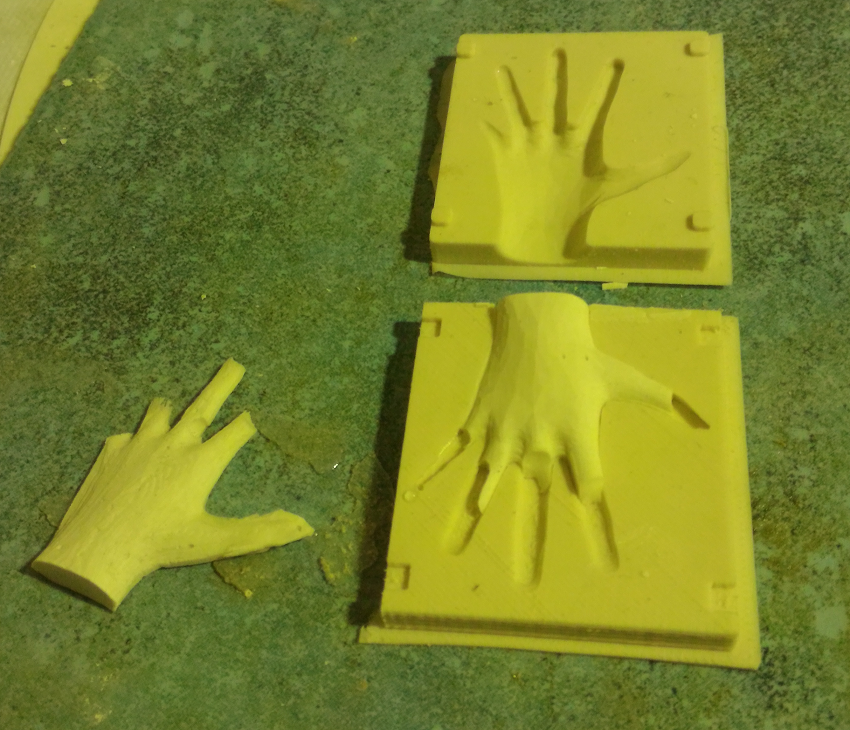
After many attemps, I couldn't reach a satisfying result; probably this hand is too little and silicone mold is not the best way, in fact it was difficult to close my mold and make it full of mixture.

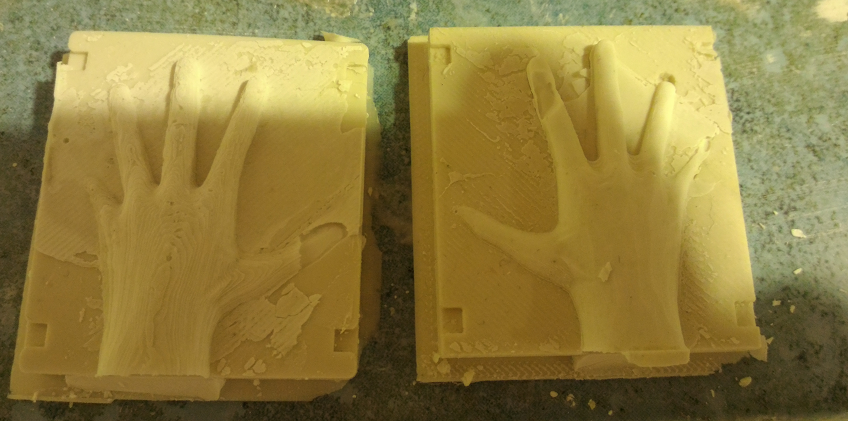

Conclusions:
- Process is good, but I should scale the hand +50 % at least.
- Milling is very slower than 3D printing, but without layers the result will be much better!